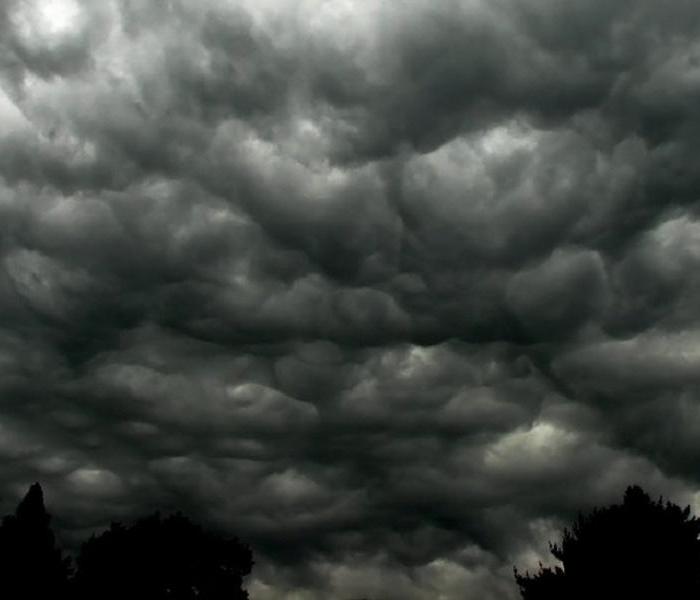What To Do When A Thunderstorm Hits
7/29/2014 (Permalink)
The most common danger associated with thunderstorms is lightning, and with good reason: Lightning is one of the top three storm-related killers in the United States. But thunderstorms create other catastrophic weather events such as tornadoes and flash flooding. Each year, flash flooding is responsible for more deaths than tornadoes, hurricanes or lightning. Here's what to do before, during and after a thunderstorm.
An emergency kit is something everyone should have on hand, no matter your locale or the natural disasters that are possible in your area. The Federal Emergency Management Agency's Ready.gov can help you build a kit — with food, water, and essential supplies for 72 hours — as well as teach you where to store it and how to update it. If the idea of making your own kit is too daunting, you can buy an emergency preparedness kit put together by the American Red Cross. Get rid of rotting trees and branches; secure anything outdoors that could blow into your house and cause damage.
Unplug electronic equipment well before a storm arrives.
Get inside — preferably inside your home, a building or a hard-top automobile.
Shutter windows and secure doors; if shutters are not available, close the blinds or curtains.
Special considerations for lightning
Follow the 30/30 Lightning Safety Rule: If you can't count to 30 before hearing thunder after seeing lightning, go indoors. Stay inside until 30 minutes after you hear the last thunder.
If you are in a forest, find shelter in a low area under a thick growth of small trees.
If you're on open water, get to land and indoors immediately.
In an open area, find a low place such as a valley or ravine, but watch for flash floods from the storm.
If you feel your hair stand on end, lightning is about to strike. Get low to the ground, cover your ears and put your head between your knees.
Weathering the storm
Don't use a corded phone or anything plugged into an outlet. Avoid all contact with electrical equipment.
Stay away from windows and doors. Stay inside.
Don't lean against concrete walls or lie on concrete floors.
Avoid washing your hands, showering or using plumbing for any reason.
If you're on the road, pull over and park. Turn on your emergency blinkers.
After the storm
Don't attempt to drive through a flooded roadway.
If your power has gone out, never use a generator indoors. Deadly levels of carbon monoxide can build up quickly in small spaces and remain dangerous for hours.
Avoid downed power lines and report them to the power company.




 24/7 Emergency Service
24/7 Emergency Service
